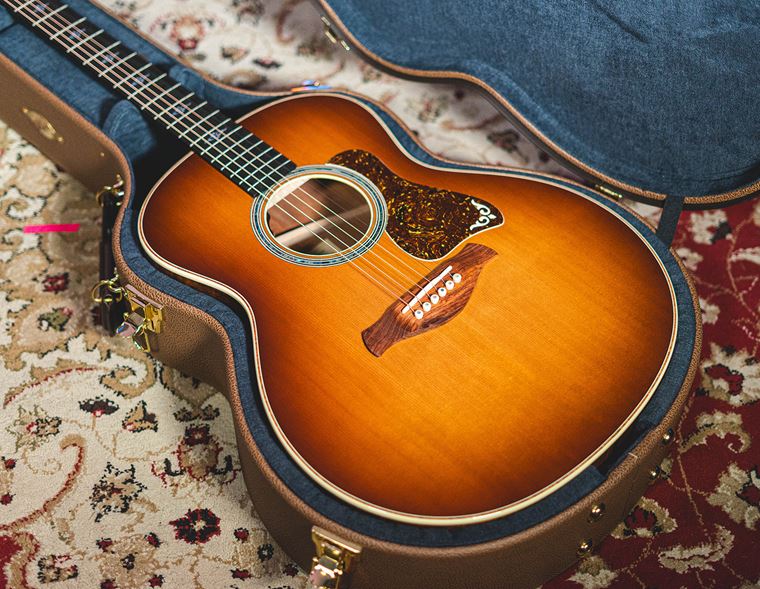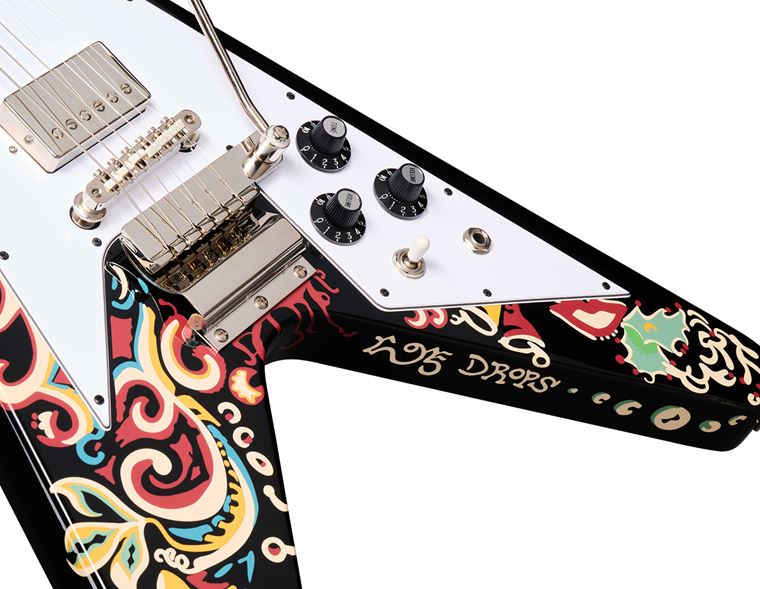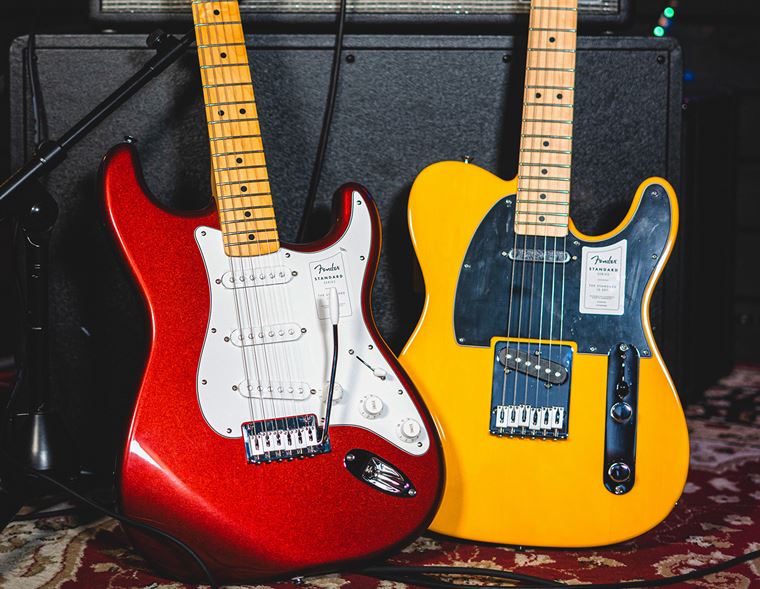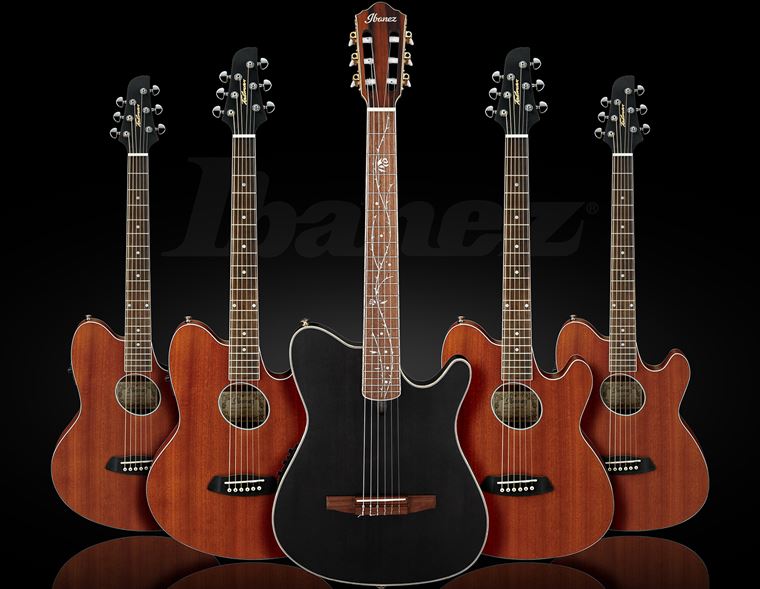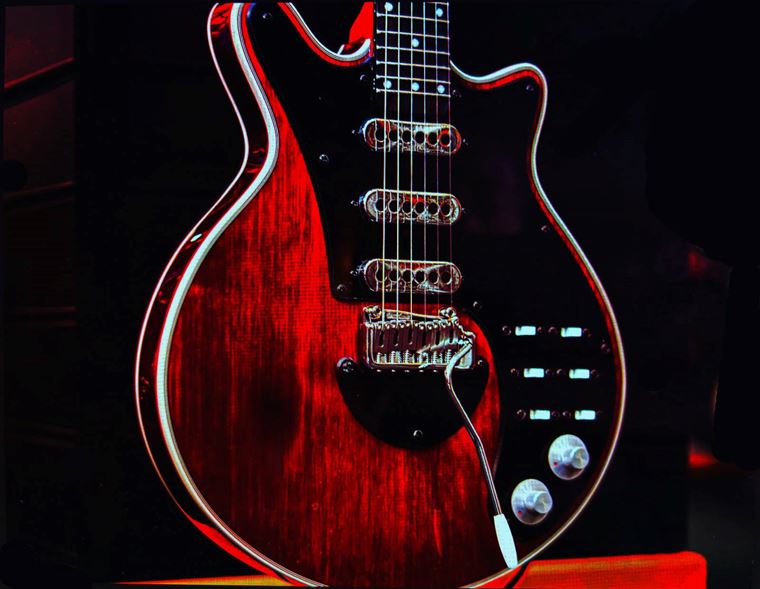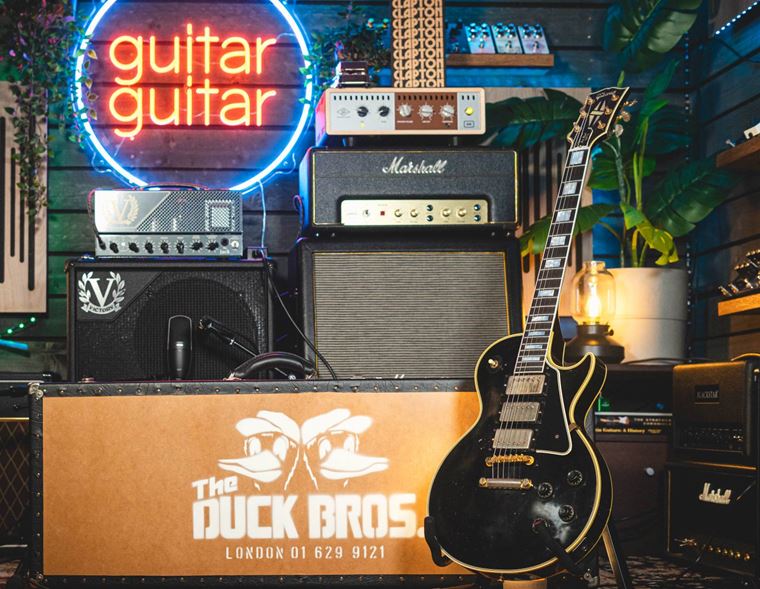Semi Hollow Shootout: Best Affordable Semi Hollow Guitars
Published on 13 October 2022
Are you a fan of semi-acoustic guitars? How often have you clicked through to some of your favourite models and tried to figure out which one you’d prefer to have? It’s a tough call, given the level of quality that’s out there right now. Across every price range, there is some great fun to be had with semi-hollow guitars, but no more so than in the hotly-contested £400-600 mark. This is the price point where guitars stop being learning tools and start becoming serious propositions for all of your recording and gigging needs. A guitar in this price range will undoubtedly be a step up in quality, but they are still well within the means of most dedicated players.
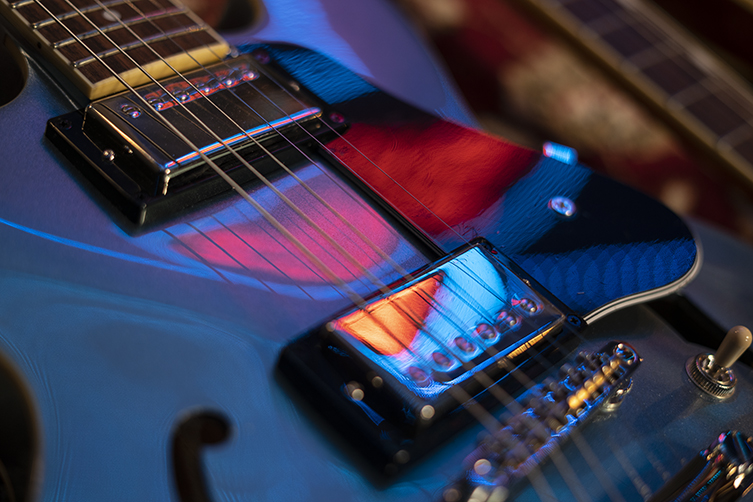
With that in mind, we’ve decided to have a light-hearted shootout between some of the more popular models, to see just how they differ. Is there a clear winner? Or is it a matter of preference? We hope to find out, but either way, it’ll be a fun excuse to spend some time with these guitars!
Contents
- Epiphone Inspired by Gibson ES-335
- Ibanez AS73
- Gretsch Electromatic G5622T
- Epiphone Inspired by Gibson ES-339
- D’Angelico Premier DC Stairstep
The Contenders
So, what are the contenders? We’ve opted for models that are perennially popular and within those rough price parameters. They all had to have f-holes, too, of course! We’ve picked two Epiphones, a Gretsch, a D’Angelico and an Ibanez. We feel these cover much of the scope available at this important mid-price section of the market, and these were all in stock at time of writing. We’ll take each guitar in turn, check out their individual benefits and potential drawbacks, and see what conclusions come from it all!
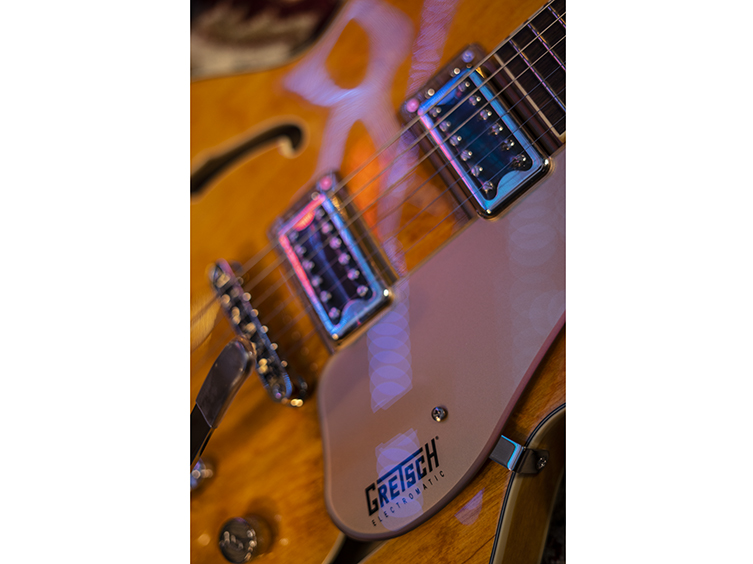
Epiphone Inspired by Gibson ES-335
Epiphone’s budget-conscious 335 is the obvious choice at this price point. Why? Well, it has a heritage like no other, being an officially licensed replica of the Gibson ES-335, arguably the most iconic semi-acoustic example of them all. There’s also the precedent set by pro players such as Queens of the Stone Age’s Josh Homme, who declared his Epiphone Dot (the previous incarnation of this guitar) to be the ‘best hammer I have in my tool bag’.
Epiphone recently relaunched many of their guitars as direct ‘Inspired by Gibson’ replicas, making the association clear rather than some barely-spoken implication. It makes sense: given the entirely different name on the (similar but by no means the same-shaped) headstock, nobody is likely to confuse an ‘Eppy’ with a ‘Gibbo’, so it’s hardly a conflict of interests for Gibson to admit that these are based on 335s.
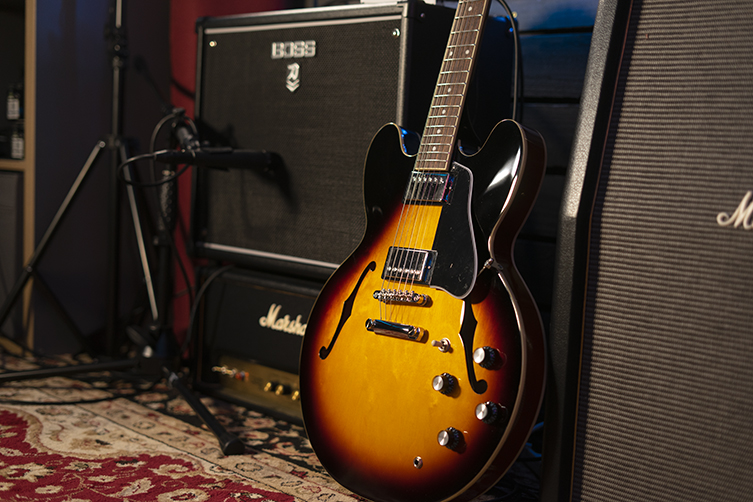
That said, we think it’s a little inappropriate for us to compare a sub-£500 guitar with one that’s five times more expensive. It’s a fact that not everybody can afford to ‘buy American’. This Epiphone exists to put such a guitar - in as similar a form as possible - into the hands of a great deal more guitarists. So, what do you get for your cash?
Our Epiphone Inspired by Gibson ES-335 (henceforth referred to as the Epiphone 335, for reasons of brevity) is a very tidy, nicely put together instrument. Given that this is built in a facility in China rather than a hands-on workshop situation in Nashville, we’re impressed by the build. In any context, there’s a lot that goes into making a guitar like this: from the arched top and back to the binding that surrounds the instrument, there’s a lot of labour involved. This has been done very well here, we’re glad to report. The body is made from plies of maple, just as tradition dictates, and there’s the required solid block of maple in the middle to bring extra midrange tonality and some degree of levity from unwanted feedback.
In terms of the feel, we’re happy to report that the neck profile from the Gibson model has been well approximated here. Epiphone call it a ‘rounded C’ shape and it’s pleasingly substantial without being egregiously chunky. It's just what a classic-style electric should have, in our opinion. We’d like to have seen rosewood used as the fingerboard material since it’s now free from almost all CITES restrictions (rosewood is the traditional choice for 335 fingerboards but was deemed at risk for a few years, a situation which has now changed), instead of the Indian laurel wood used here. It’s a mild complaint, but we do prefer the smoother feel that rosewood tends to give.
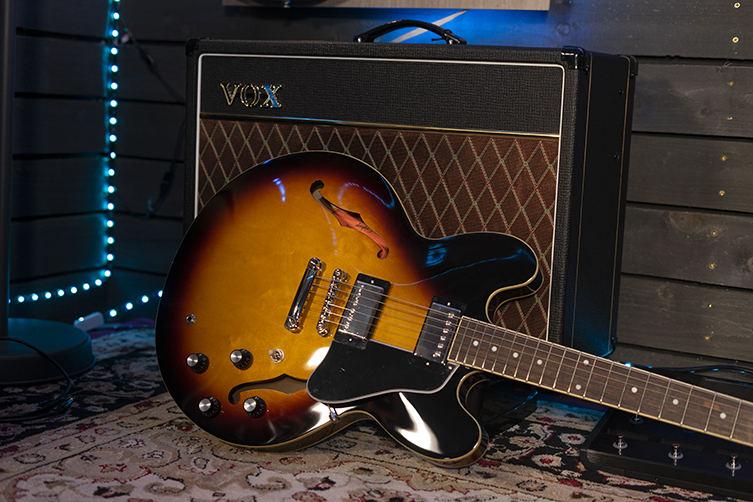
Having said that, if that’s our only complaint so far, then this guitar isn’t doing much wrong!
Sonically, we’re in the expected PAF territory here, with alnico magnet-ed pickups providing that much-loved balance of power and purr that makes guitar maniacs squeal with delight. Plug this into a nice amp and the Epiphone 335 shines with depth and subtlety. It’s worth noting that this 335 is very capable of performing well when set to stun with a good dose of gain. If you see this style of guitar as only being for traditional blues and jazz players, it’s your loss! As a 335 on a budget, this Epiphone more than delivers.
Ibanez AS73
Ibanez are a brand who are as adept at making tasteful semi acoustics and hollow bodies as they are at creating wild shred monsters. This is something of an unusual situation, given how specific and yet conservative many guitarists are when it comes to their stylistic choices. Nevertheless, Ibanez have done it, and we expect it might have as much to do with their famous quality control as their high profile endorsers from both ‘stables’, as it were.
We chose the Ibanez AS73 today since it’s a similar price point to our other selected guitars today, but we could have gone higher or lower on the money-scale and still landed on fertile ground. It’s a great thing to be able to confidently rely on a brand for its output, year after year. The AS73 sits around the middle of their Artcore range and is the most comparable model to our other choices.
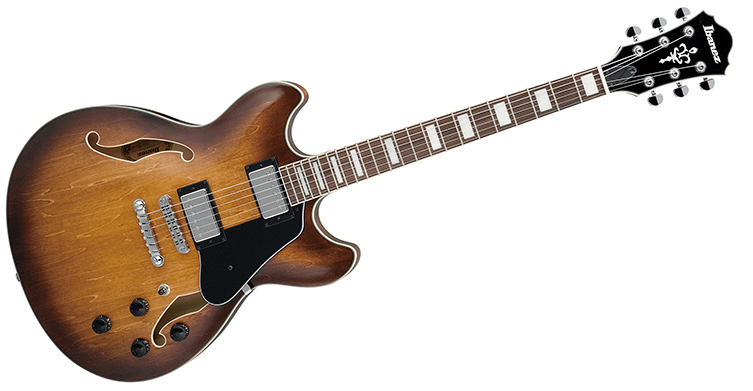
So, Ibanez tell us that they use Linden to make the body (we presume it’ll be layered plies, as it is on these other choices), Nyotah for the neck and walnut for the fingerboard. These sound like responsibly substituted timbers, and in principle, we have no real issues. That said, the walnut fingerboard may not be to everybody’s tastes, even if it comes with supercool block inlays like it does here.
Visually, the guitar is great: multi-ply binding/purfling on the body is used alongside binding on the fingerboard and headstock to create a very classy vibe next to the vintage sunburst finish. It's an undeniably pretty instrument, and whilst the headstock shape and body horns are relatively far from tradition, well, we think that there is a lot to be said for offering something different.
Sonically, it’s more PAF territory here and whilst the guitar sounds lovely, we’d maybe say that the Epiphone 335 just has the edge, sonically. There’s a lightness to the top end on the Epi that’s not so available here, though this is a pretty minor point!
Gretsch Electromatic G5622T
Gretsch make some of the flat-out coolest guitars in the world. Regardless of musical affinity, it’s a rare guitarist who doesn’t admit to loving at least the look of a Country Gent or a White Falcon. These, however, are top-ticket guitars that cost thousands. How do Gretsch’s more affordable models compare in their own division?

Pretty darn well, frankly. Much of the visual charm of the Gretsch brand survives well in the likes of the Electromatic and Streamliner ranges. We’ve opted today to talk about the G5622T from the Electromatic range, since it’s a slimline semi acoustic with a solid centre block, just like our other choices. Gretsch make absolutely tons of variations though, so do delve deeper if you’ve a mind to, and check out our 'Gretsch: The Collections Explained' blog if you get a little lost in the mire!
Well, we say ‘solid’ centre block but things are not quite as they seem. It’s a chambered centre block, in fact, designed to remove excessive weight without compromising on tone. We’d say that we didn’t notice too much weight difference, in all honesty, but it’s certainly a worthwhile consideration.
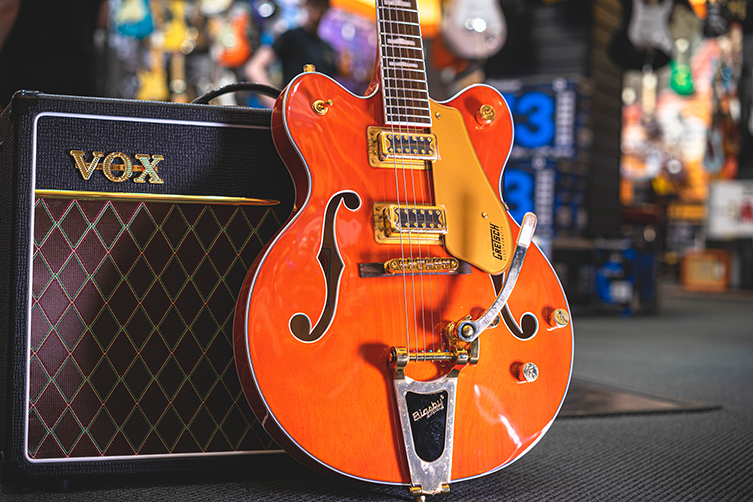
This beautiful Gretsch comes armed with a Bigsby tremolo and a set of ‘Black Top’ Broad’Tron humbuckers for a suitably authentic Gretsch look and sound. As ever, the Bigsby does somewhat compromise tuning stability, but on this guitar, we’d miss it if it weren’t there! The Broad’Trons supply a tone that’s focused and relatively gutsy, so higher gain sounds are less of a problem here than on more overtly ‘hollow’ Gretsches. In fact, they sound really quite similar to the PAF-style humbuckers we’ve seen already on the Epiphone and the Ibanez!
The neck is a thin ‘U’ shape, which we expect with appeal to the majority of players. It’s certainly slim compared to the 335 neck, and whilst we’d admit to preferring the extra wood back there on the neck, it’s a matter of personal taste for sure.
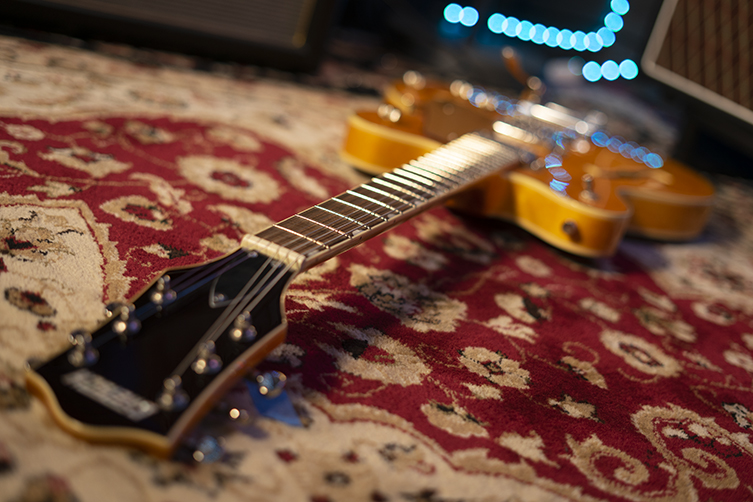
Epiphone Inspired by Gibson ES-339
What’s this? Two extremely similar Epiphone guitars in the same shoot-out? Well, yes and no! For those who don’t already know, both the Epiphone ES-339 and Gibson ES-339 area downsized 335. It’s a smaller body, with a little corresponding rearrangement around the control panel etc to make everything fit.
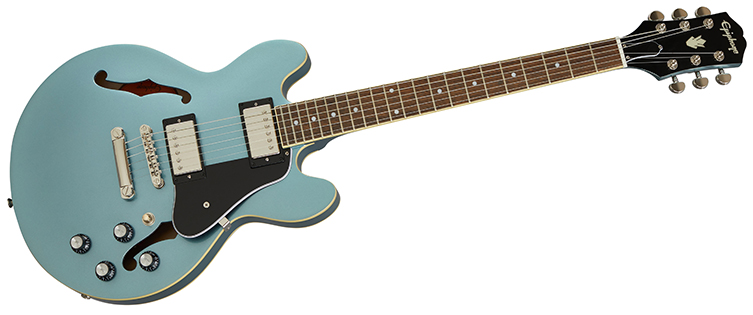
We’ve included this model today because some players love the look of a 335-style guitar but are put off by the size of the body. The Epiphone Inspired by Gibson ES-339 addresses this, and also (appropriately) comes with a slightly smaller price tag.
So, the Epiphone 339 is part of that same rebranding exercise of Epiphone’s to bring their wares closer to their parent brand. That would indicate similar design and construction decisions to the 335.
Is this just a shrunken down Epiphone 335?
Yes, it pretty much is, which is good news, given how well the larger model fared! The neck carve here is the same, the pickups are the same, the details are the same…it just has a body that’s closer in size to a Les Paul than a 335. Since we’ve already covered the specs and features during our look at the ES335, let’s just get to the real question: does the size of the body affect the sound of the guitar?
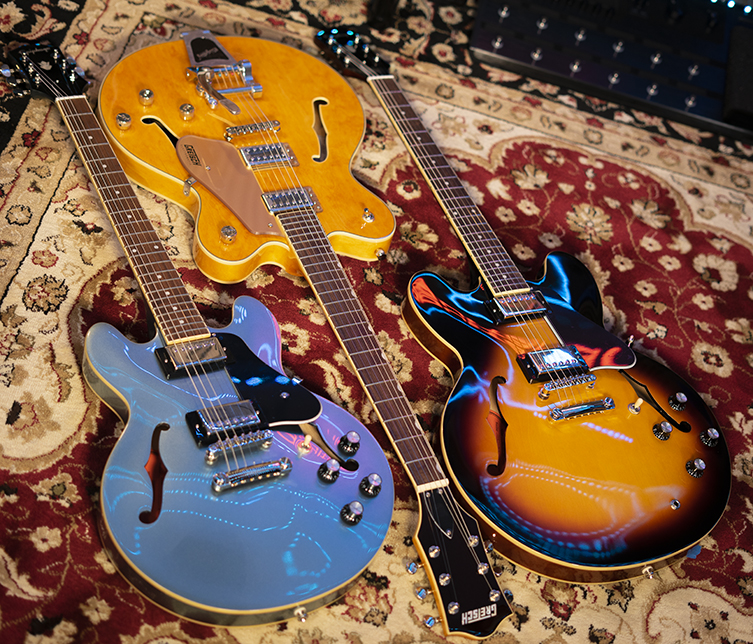
And the answer is… sort of, yeah! We’ll admit that if we were to listen to each without looking, we’d be hard pushed to tell them apart. That said, when playing these, we did find the 339 to be ever-so-slightly more percussive in its reactions. Did we simply want to play that way on the different body, or did some small difference in the sound provoke that type of playing? Was it akin to why we (the royal we, that is) always play funk riffs on a Strat but never seem to do that on a Tele? Could be, though it’s hard to be objective in that regard. We reckon there’s a little less in the lower mids, but we’d not swear it on the bible or anything. It feels that way to us, and that may bea benefit, depending on what you want to hear as a player. Either way, it sounds great and it’s perfect for smaller/younger people, or just those who prefer smaller guitars.
D’Angelico Premier DC Stairstep
It’s an art deco paradise over here with the inimitable D’Angelico Premier DC Stairstep! D’Angelico is a brand that has definitely built on their New York origins, with a truss rod cover that’s based on the Empire State building, no less! This one, along with the Gretsch, are the more expensive choices today but it’s still at a comparable level. Certainly, this guitar looks like a million bucks, so in that regard, it’s a bargain!
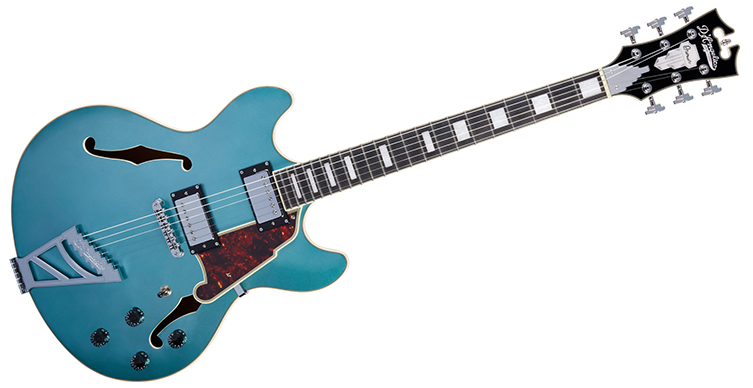
D’Angelico have plenty of fun features on board the Premier DC. Aside from the pretty visuals (including tons of binding and the titular stairstep tailpiece), you get a set of Duncan Designed humbuckers, an Ovangkol fingerboard and a scale length that’s 25”, which is an interesting midway point between ‘classic Gibson’ (24.75”) and classic Fender (25.5”).
Duncan Designed pickups are a good compromise for people who want upgraded pickups without having to pay top dollar. Basically, top pickup giants Seymour Duncan licence their designs to be built out in the far east, with more economical materials and cheaper labour meaning less cost overall. Judging by the pickups on here, their expertise has travelled well, because the tones on offer are mature and expansive. Now, we may be detecting something of a trend here, but we’d put these units squarely into the PAF camp also! It seems to be the consensus between brands that 335-style guitars deserve low-to-mid output humbuckers with a smooth tone. Sounds right to us!
Whether you go for the D’Angelico or not will probably come down to whether you enjoy the idiosyncratic looks, to be honest. If you do like them - and we certainly do - then you’ll find that guitar itself performs well and holds its own against the stuff competition on display here. If you don’t dig the look, well, you won’t be short for alternatives!
Conclusions
As we said earlier, we deliberately chose the price point of roughly £400-600 because it’s one of the most popular and crowded sections of the market. There’s no room for average products to exist, so we fully expected each of today’s contenders to be a solid choice.
This is exactly what we found, and so it’s hard to point out one guitar as a clear winner. However, despite the overall build being similar - and the pickups all aiming for classic PAF tones - there are certain differences that warrant a mention as we conclude our journey today. These are somewhat objective, so we’d preface this all by saying ‘try them ALL out’ before choosing! Use our article as a springboard for ideas but let your own fingers, eyes and ears be the ultimate judge.
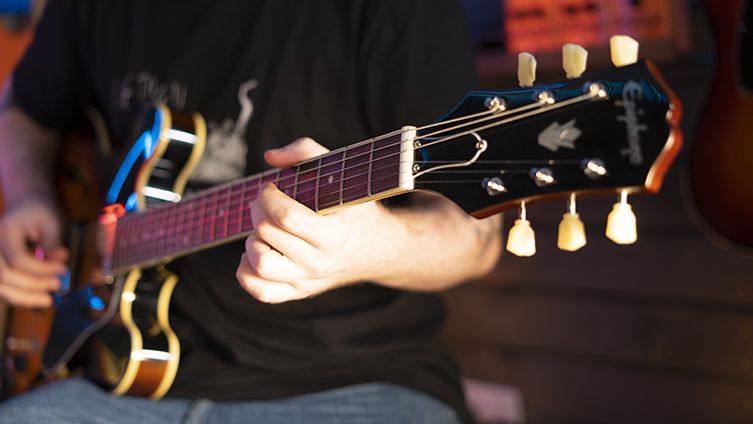
That said, here are our findings. The Gretsch was our favourite to look at, but it's slimmer neck was perhaps not our favourite. It’s going to be great for most people though! Also, the Bigsby looks awesome but is a serious consideration in terms of tuning and restringing.
The Ibanez was dependable and very more-ish in terms of playability, and we enjoyed its balance of tradition and modernity in its design. If we wanted a fully classic vibe, we don’t know if this would entirely seal the deal, but if that’s not a consideration, it’s pretty great.
The Epiphone 335 gave us our favourite neck feel, and we noted a distinct improvement in both build and finish over the previous Epiphone Dot model. It also has the ‘correct’ shape and the correct colours, so if you love the Gibson ES-335, this is as close as you can get without spending considerably more.
Roughly the same applies to the ES-339, with the caveat that you’d perhaps only choose this model over the 335 if size was an issue. It wasn’t to us, so we’d ‘go large’, but the guitars are fundamentally so similar, it’s almost like they count as one choice.
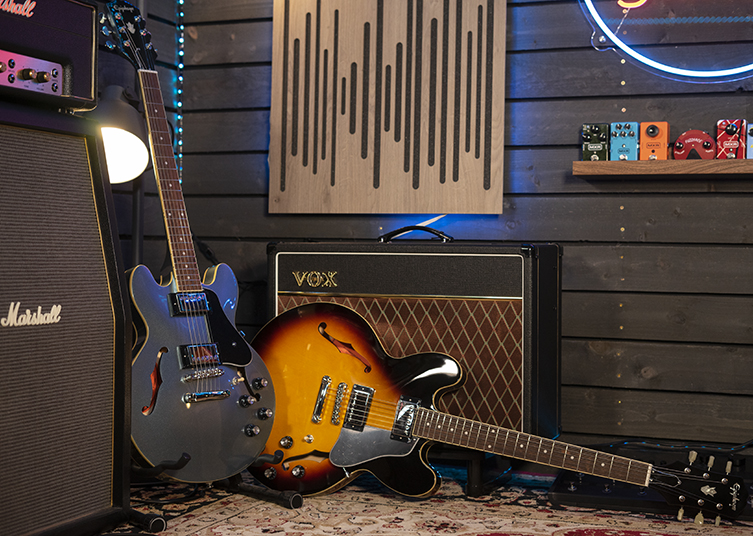
Finally, the D’Angelico is very well built and we love its eccentric looks. Feel-wise, it’s close but just a little behind the Epiphone, though this is again a subjective point. In conclusion, you can’t really go wrong with any of these guitars, but our favourite, for today at least, was the Epiphone Inspired by Gibson ES-335. It gave us what we wanted in terms of looks, feel, playability and sound. It was very close though: we’re talking very minor details here.
Have you played any of these? How do our thoughts tally with yours? All of these guitars give fantastic playing experiences and offer great value, so try a few out for yourself and have your own semi-acoustic shootout adventure!




